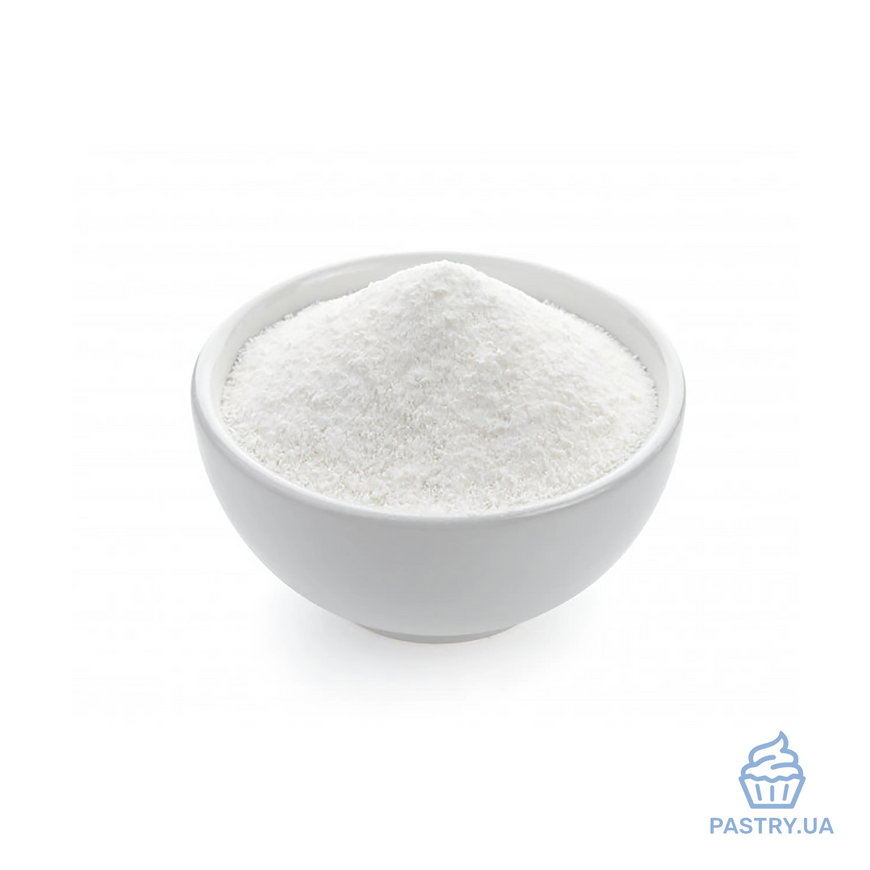|
Quantity
|
Out of stock
|
||
|
|
|||
Isomaltooligosaccharide IMO 900 – thickening agent (Z&F Sungold)
Isomaltooligosaccharide (IMO), more commonly known as isomalto-oligosaccharide, is a mixture of short-chain carbohydrates which may have a digestion-resistant property. IMO is found naturally in some foods, as well as being manufactured commercially. Although isomaltose is found in some foods, such as honey, as a disaccharide, it behaves like all other disaccharides and is easily digested. Historically, the best documented source of IMO was found in sourdough breads wherein proper oligosaccharides are produced. IMO is currently produced by two distinctly different methods. One is based on a conversion of starch using enzymes. The raw material used for manufacturing IMO is starch, which is enzymatically converted into a mixture of isomaltooligosaccharides. However, IMOs produced via this method result in a very high proportion of isomaltose disaccharides (approximately 50%) and a majority of panose (IMO DP3) as the end product. These IMO preparations have been shown to be highly digestible and generally do not exhibit much if any, digestion resistance. The second method uses bacterial fermentation and bio-conversion of sugar and starch to create an IMO variant maltosyl-isomaltooligosaccharide (MIMO). Typically the end product ranges in molecular complexity from DP3 (<10%) to DP9 with an average molecular weight near DP5. MIMO preparations exhibit very good digestion resistance and also intestinal microbiota selectivity.
Health claims for the various classes of oligosaccharides have been investigated by the European Food Safety Authority (EFSA) and found to be insufficiently substantiated. Therefore, health claims for oligosaccharides and prebiotics are prohibited in the European Union.
IMO is a multifunctional molecule which exerts positive effects on human digestive health; it acts as a prebiotic, decreases flatulence [this is true for the MIMO variant, however, the literature only indicated that the enzymatically produced IMO "induce the least amount of gas compared to other prebiotics, which should not be confused with reducing flatulence], has a low glycemic index [this is not accurate for the enzymatically produced IMO. In fact, it has been shown that these IMO preparations behave similarly to glucose syrup with respect to blood glucose absorption], and prevents dental caries in animals.
Prebiotics are defined as "non-digestible food ingredients that may beneficially affect the host by selectively stimulating the growth and/or activity of a limited number of bacteria in the colon". Oligosaccharides that are not digested and absorbed in the small intestine, pass through to the colon where they are fermented by Bifidobacteria, thus enhancing the proliferation of the bacteria. In this respect, fermentable oligosaccharides may be considered prebiotics. The oligosaccharides in IMO mixtures are, at least partially, fermented by bacteria in the colon and may, therefore, stimulate the growth of bacterial subpopulations.
Short chain oligosaccharides which confer prebiotic properties also produce short-chain fatty acids (like acetate, propionate and butyrate) as end-products of fermentation. These molecules decrease the intra-luminal pH, directly inhibiting the growth and activity of harmful micro-organisms (enteropathogens). This stimulates the growth of Bifidobacteria, which compete with the enteropathogens for nutrients and epithelial adhesion sites. The beneficial effects of IMO have been found in infants, children, and the elderly.
Dental caries is caused by the formation of insoluble glucan (plaque) on the surface of teeth, and the production of acids by bacteria in the plaque. These acids attack the hard tissues of the teeth. Studies with animal models showed that IMO, in place of sucrose, reduces the amount of plaque formed and also reduces the amount of enamel-attacking acids formed. Therefore, IMO acts as an anti-caries agent.
The reported Glycemic Index (GI) for IMO is 34.66±7.65 (on a scale of 1–100) which represents a low GI. Consumption of IMO effectively improved bowel movements, stool output and microbial fermentation in the colon without any adverse effects in elderly people.
The American Association of Cereal Chemists (AACC) defines soluble fiber as "the edible parts of plants or similar carbohydrates resistant to digestion and absorption in the human small intestine with complete or partial fermentation in the large intestine". Dietary fiber consists of many plant components including oligosaccharides. For a dietary substrate to be classified as a fiber, it must be resistant to digestion and absorption in upper GI tract, and cause a bulking effect in defecation. IMO is considered a dietary fiber for the following reasons: it consists of glucose units linked together (mostly) by digestion-resistant linkages; it has a prebiotic effect; it retains moisture, producing a bulking effect and helping to move the stool forward.
IMO is finding global acceptance by food manufacturers for use in a wide range of food products, especially beverages and snack/nutrition bars. In the United States, IMO is used mostly as a source of dietary fiber. However, IMO is also used as a low calorie sweetener in a variety of foods like bakery and cereal products. Since IMO is about 50% as sweet as sucrose (sugar), it cannot replace sugar in a one-to-one ratio. However, IMO has few side effects compared to other oligosaccharides of the same class. Therefore this carbohydrate molecule is receiving growing attention by food manufacturers across North America, as well as in Europe.
Generally, all digestion-resistant oligosaccharides, including IMO, have adverse side effects when consumed in amounts greater than permissible levels. The maximum permissible dose of IMO is 1.5 g/kg body weight, which is higher than for any other sugar substitute. However, the U.S. Food and Drug Administration (FDA) has recommended a maximum consumption of 30 g/day for IMO. Higher dosages (greater than 40 g/day), can cause gastrointestinal symptoms like flatulence, bloating, soft stool or diarrhea.









































